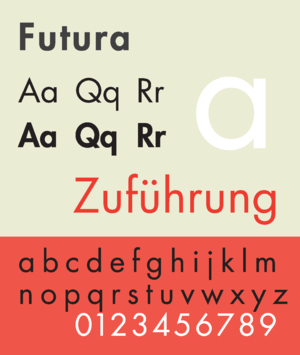-De Stijl proposed ultimate simplicity and abstraction, both in architecture and painting, by using only straight horizontal and vertical lines and rectangular forms. Furthermore, their formal vocabulary was limited to the primary colours, red, yellow, and blue, and the three primary values, black, white, and grey. The works avoided symmetry and attained aesthetic balance by the use of opposition.
De Stijl Style
•Use of orthogonals
• Right angles
• Straight lines
• Use of black, white, grey and the primary colors red, blue and yellow
• Bold san serif typeface
•Form reduced to the rectangle and other geometric shapes
•Asymmetry composition and design
•Their work exerted tremedous influence on the Bauhaus.










